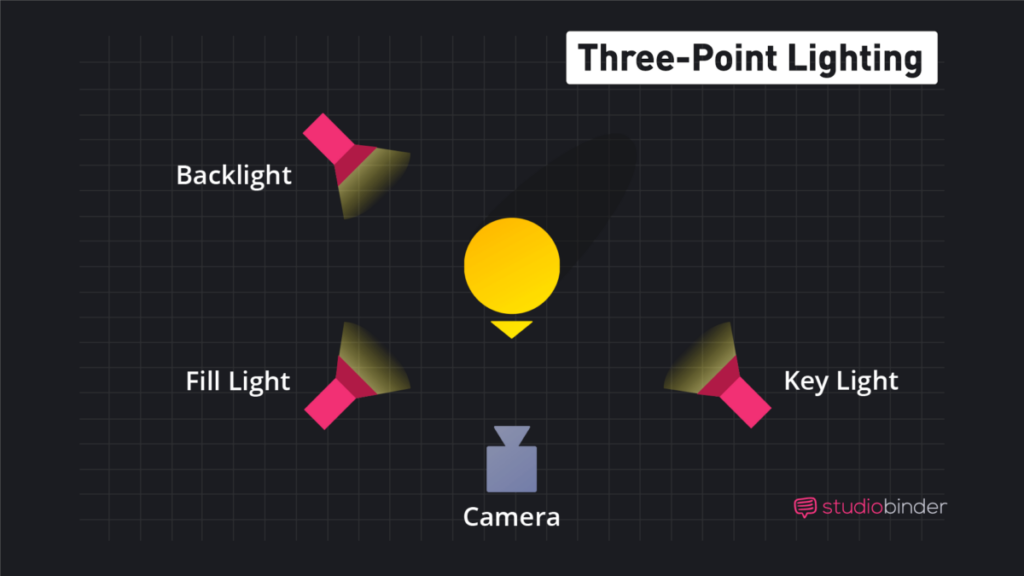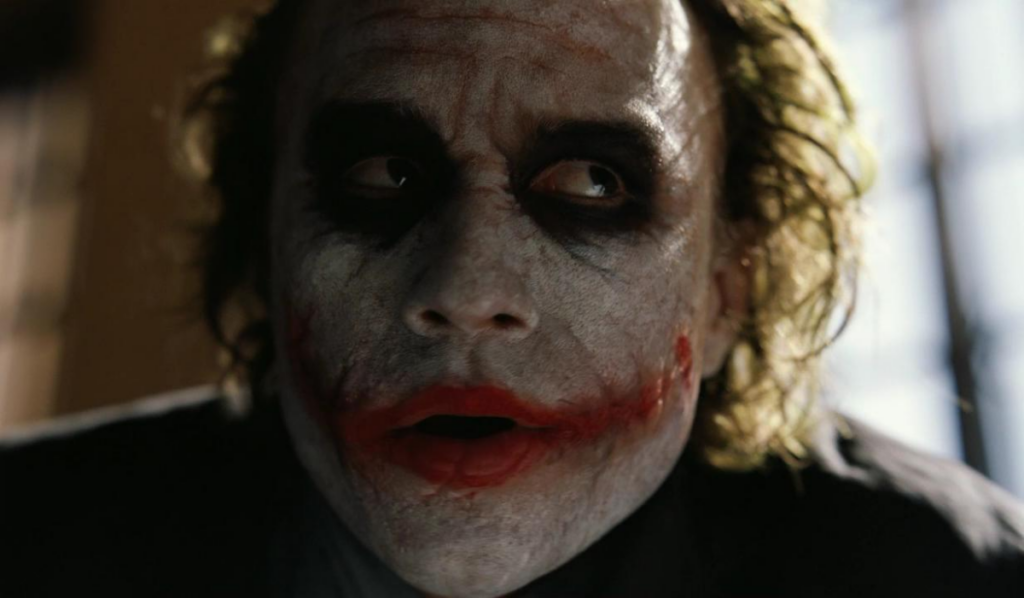Mise en scene is a French phrase that means “putting into the scene”. In film it refers to the director’s control over what appears on the film screen. Mise en scene is all of the elements placed in front of the camera to be photographed and is made up of 4 different elements These being the setting and props, lighting, costumes and makeup, and figure behavior. The setting is the set and location the movie takes place this could be digital or a physical location. The setting is important because it establishes the context of a scene. A director’s use of props, location, and design create a narrative. This can heavily influence a story’s mood and show the audience certain themes that deepen the plot and character development.

The lighting refers to what specific source of light the direct decides to add that being natural light, candlelight, and anything else the director might add. Ordinary people that watch movies time to time may think that in various Hollywood films there’s just a regular light in the room to make the characters visible, but this is far from the case. Effective lighting shapes the mood, highlights certain characters, and sets the tone of the scene. For example, in the image seen below the lighting highlights both characters and the darkness around them builds to the suspense and seriousness of the scene. It can create dramatic contrasts or the serve for the opposite purpose to establish a romantic ambiance. By manipulating light intensity, direction, and placement the director can evoke certain emotions and even influence the audience’s perception of a character.
Often times directors combine multiple lights in a scene which can be seen with the three-point light. This involves the key light which comes from the front. The backlight which comes from the back, and above which emphasizes and illuminates the characters. Lastly, the fill light is a light source that is from a close spot to the camera that fills the shadows. The director can play around with the lights intensity, angle, and various other aspects to depict a certain mood.

The costumes and makeup aspect of mise en scene visually defines the characters for the audience and give us details about the storyline. Costumes reflect a character’s personality and status. However, makeup can also highlight certain emotions on a characters face. This can be done by adding mascara which highlights the characters eye movements. Furthermore, thick eyebrows on a man can add seriousness to his face. Recently I rewatched the Joker and I now realized that the Jokers makeup really evokes his psychotic personality. His deep scars show us the trauma he’s experienced. Furthermore, the fake smile that is added to his face with bright red lipstick shows us how psychotic he is because he does horrible things and finds them funny and smiles at things normal people would be distort from

Furthermore, color plays a crucial role in conveying the mood, emotion, and themes. The directors strategic use of color can reflect the characters psychological state. For example, warm colors like red or orange represent passion or danger like a fire does. While like in the scene below from the titanic the blue color evokes further sadness since the audience is witnessing Jack freeze to death.

Overall, in mise en scene the manipulation of space and time is essential for shaping the plot and audiences perspective. Space can affect the relationship between the characters. While time on the other hand can shape the context, passage of time and emphasis certain actions. Film makers can influence can manipulate these elements to influence the rhythm and structure of the story as well as engage the audience.